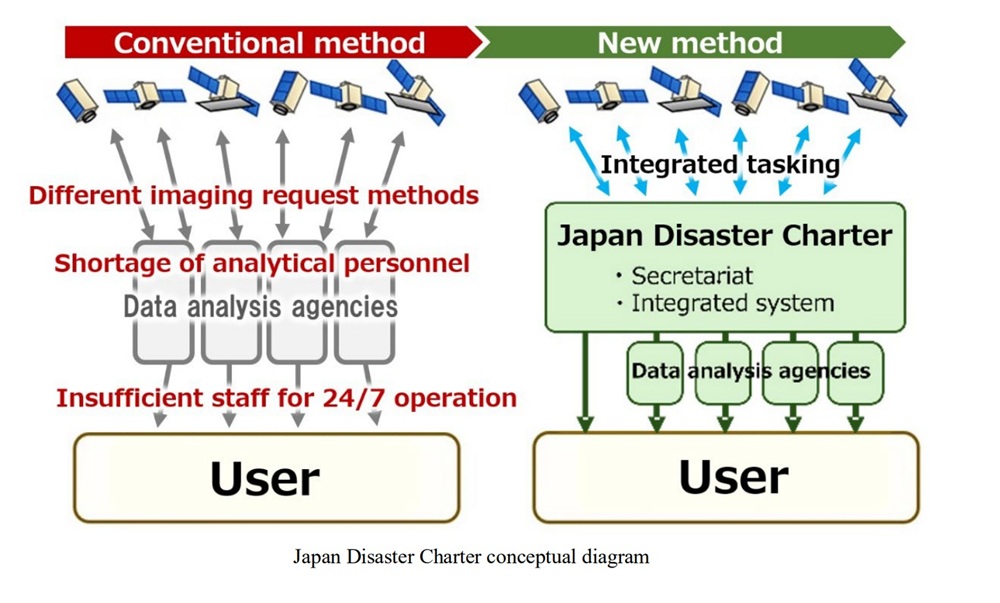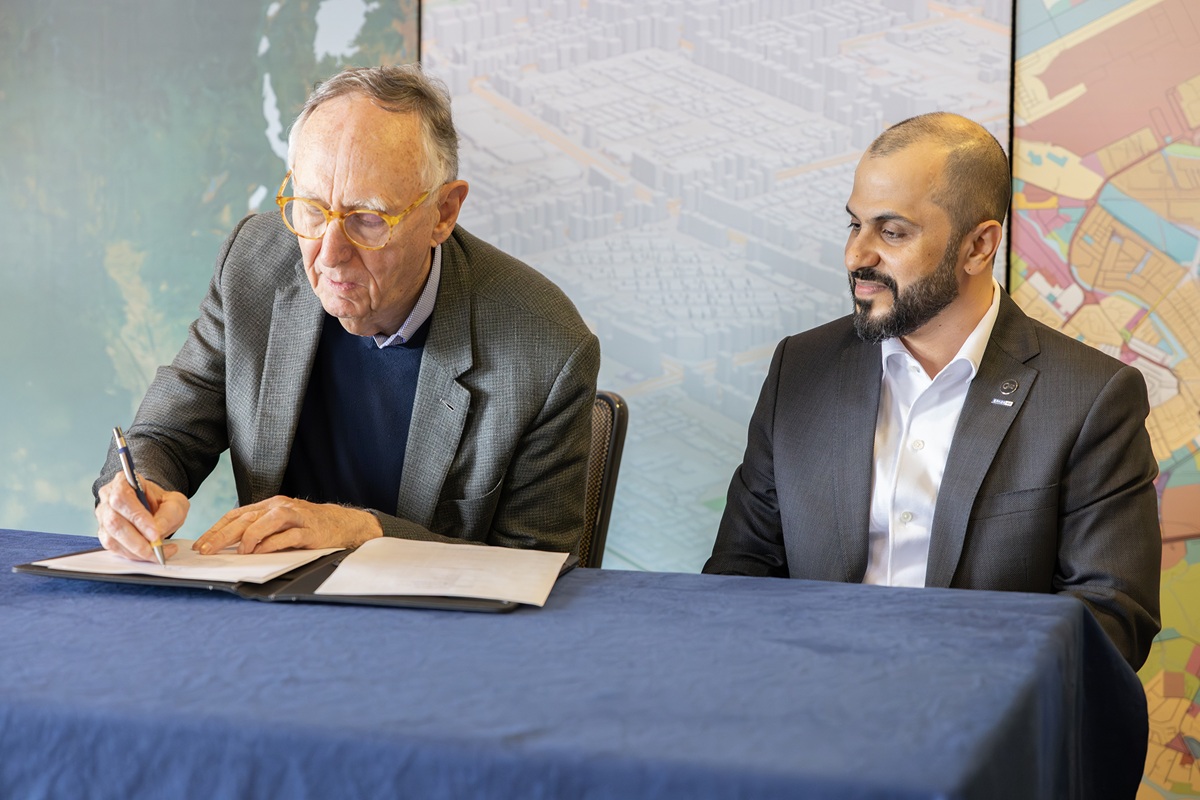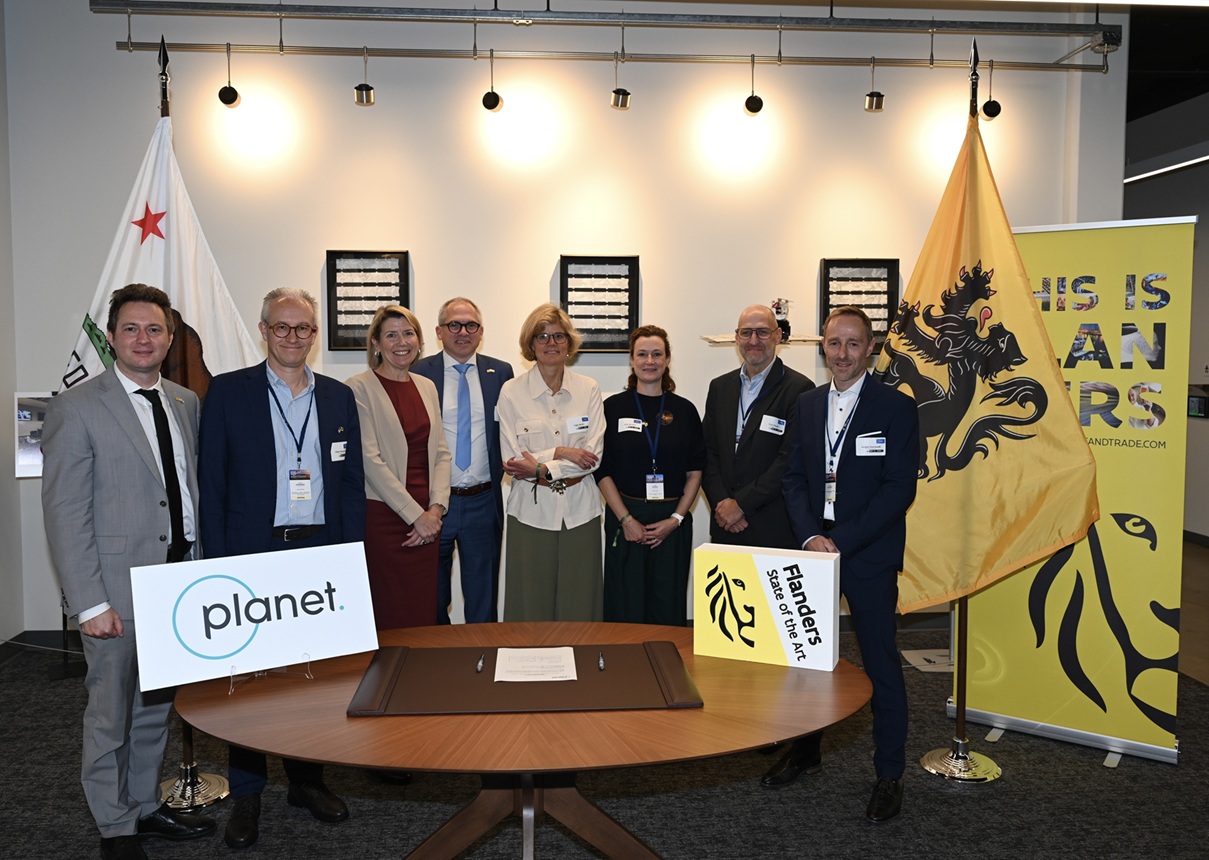TOKYO: When disaster strikes, every second counts. In a country as disaster-prone as Japan, where earthquakes, floods, and typhoons are a constant threat, rapid and coordinated response can mean the difference between chaos and recovery. Now, a groundbreaking collaboration between four of Japan’s leading organizations—The National Research Institute for Earth Science and Disaster Resilience (NIED), Fujitsu Limited, Satellite Data Service Co., Ltd. (SDS), and Mitsubishi Electric Corporation—aims to revolutionize disaster response through the power of satellite technology.
On May 15, 2025, these four entities signed a joint research agreement to advance the operational framework for the “Japan Disaster Charter.” This Charter, promoted by Japan’s Cabinet Office and private sector partners, seeks to create a systematic, satellite-driven approach to disaster management, from initial response to long-term reconstruction.
The agreement marks a critical step toward the full-scale launch of the Charter, with the partners pledging to strengthen its secretariat functions and streamline supporting systems. The goal: to ensure that when disaster hits, authorities have immediate access to comprehensive, actionable data—enabling faster, smarter, and more effective responses.
Japan’s geography makes it uniquely vulnerable to natural disasters. The country sits atop major tectonic plates, faces frequent typhoons, and is home to numerous active volcanoes. In the aftermath of events like the 2011 Great East Japan Earthquake and more recent floods, the need for rapid situational awareness has become painfully clear.
Traditional ground-based assessments are often hampered by destroyed infrastructure or inaccessible terrain. Satellite data, with its ability to provide a bird’s-eye view of vast affected areas, has emerged as a game-changer. Yet, the sheer volume and diversity of satellite data—combined with the unpredictable nature of disasters—have posed significant challenges for data analysis providers working around the clock.
The Japan Disaster Charter: A Vision for Swift, Data-Driven Action
The Japan Disaster Charter is designed to overcome these hurdles. Its mission: to rapidly observe disaster zones using Earth observation satellites and deliver tailored analytical data to users such as disaster-response agencies, local governments, and private sector partners.
Here’s how the Charter aims to transform disaster management:
- Rapid, Comprehensive Data Acquisition
Immediately after a disaster, the Charter’s “Satellite One-Stop System” springs into action. This system identifies and tasks the optimal mix of satellites—both domestic and international—to conduct emergency observations. Within hours, it provides wide-area damage assessments, giving responders a clear, up-to-date picture of the situation on the ground. - One-Stop Service for Users
The Charter’s secretariat acts as a central hub, handling contracts and coordination with multiple satellite operators and data analytics agencies. This means users can request and receive the information they need without navigating a maze of technical or bureaucratic hurdles. Whether it’s a local government official or a national disaster agency, users benefit from a streamlined, one-stop service tailored to their requirements. - Continuous Monitoring for Recovery and Mitigation
Disaster response doesn’t end once the immediate crisis has passed. The Charter leverages scheduled repeat satellite observations to track recovery progress, visualize pre- and post-disaster conditions, and monitor changes over time. This ongoing surveillance helps identify areas at risk of secondary damage, such as landslides or liquefaction, and supports efficient reconstruction efforts.
Cutting-Edge Technology for Real-World Impact
At the heart of the Japan Disaster Charter is the Satellite One-Stop System, a sophisticated platform that automates the entire process—from disaster detection to satellite tasking and data delivery. By eliminating manual steps, the system dramatically shortens the time required to deliver critical damage assessments, ensuring that decision-makers have the information they need when it matters most.
The partnership is also focused on enhancing common satellite-data analysis capabilities and strengthening systems for rapid data sharing. By examining public-private business models and integrating advanced automation, the Charter aims to create a resilient, scalable framework capable of responding to disasters 24/7.
This new agreement builds on the partners’ work in the Cabinet Office’s BRIDGE2 project, which began in 2024. The project’s objectives include developing a system to acquire, analyze, and provide satellite data; establishing the operational processes of the Charter’s secretariat; and exploring business models for sustainable, public-private collaboration.
With the joint research agreement in place, the four organizations are poised to take the Charter to the next level—refining its operational scheme and accelerating its path toward full social implementation.
The partners aim to launch demonstration services through the Japan Disaster Charter by the end of fiscal year 2025, with the ultimate goal of providing round-the-clock coverage. As the Charter matures, its impact could extend far beyond Japan, serving as a model for disaster management systems worldwide.





